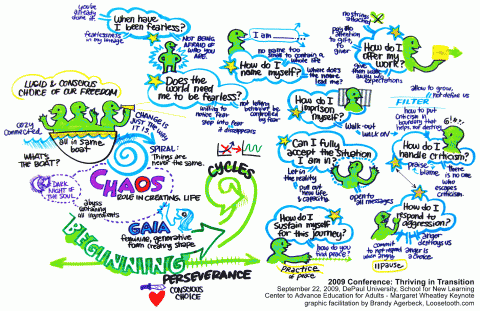One of the things I love about the start of the new year is that it seems to open up so many possibilities for new beginnings. In the last few days I have had several conversations with friends and colleagues about what they are looking forward to in this shiny new decade, and what changes they are making. It doesn’t matter if the changes are health and fitness-related, family, personal development, or professional—they all seem possible with this new expanse of space.
For me, much of my optimism about the new year and the positive changes ahead is grounded in some of the best experiences of the past year. I have seen heightened engagement and innovation in my clients, huge strides made by my adult students, and exciting new frontiers in my own personal and professional life. All of these fuel my sense of what is possible in the new year, and are guiding me.
When I see people working at their best, it is with a sense of purpose as they are engaged in something they care about and that they know is making a difference. They are also doing so, in authentic communities where they feel support and encouragement and are also stretched and challenged. These themes are guiding me as I think about what I want to create in the new year and what conditions I need to create to ensure my success.
There also seems to be something to transparency and accountability. If you think so, too, you might want to check out this cool new web site, that helps you be accountable to yourself for the changes you want to make by putting cash on the line to keep you on track: http://www.stickk.com.

